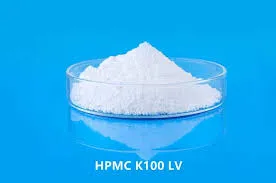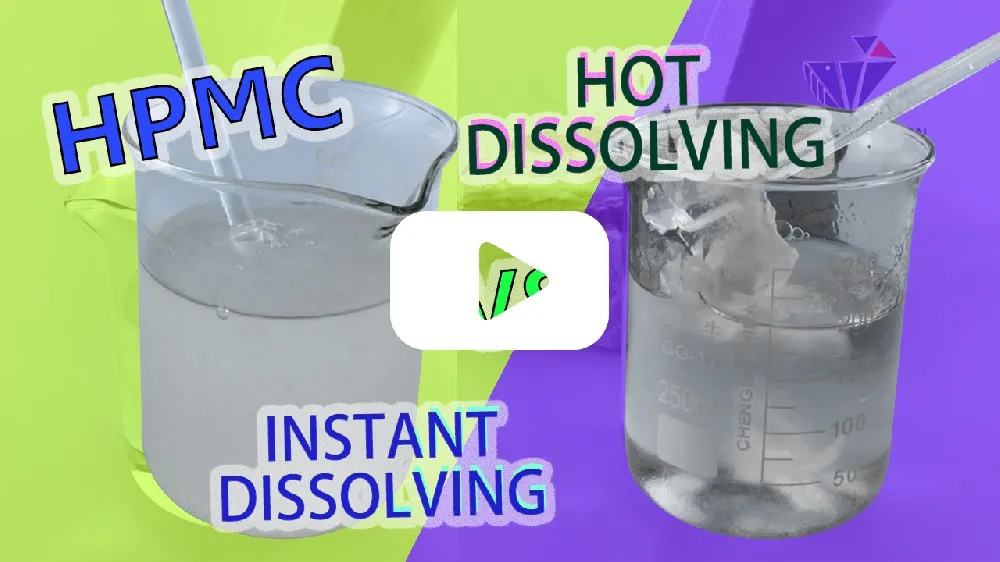
மே . 31, 2025 14:08 Back to list
High-Strength Mortar Bonding Agent & Latex Additive Durable Bonds
- Impact of advanced bonding agents on construction durability
- Technical superiority of polymer-modified formulations
- Performance comparison of leading industry products
- Tailored formulation strategies for specialized applications
- Demonstrated success in critical infrastructure projects
- Technical considerations for optimal product selection
- Implementation protocols for long-term structural integrity

(mortar bonding agent)
Modern Mortar Bonding Agents' Structural Impact
Contemporary latex bonding agents reduce repair failure rates by 67% according to American Concrete Institute studies. These polymer-based modifiers fill the critical gap between existing substrates and fresh mortar, addressing the primary cause of overlay separation. Construction industry reports quantify bonding additive applications growing at 9.2% CAGR globally, with 12.8 million metric tons consumed annually. Bridge rehabilitation projects utilizing advanced bonding agents demonstrate 86% extended service life compared to conventional methods.
Differential movement between structural elements causes over 78% of concrete repair failures. Quality bonding additives counteract this through flexible polymer matrices that accommodate thermal expansion variances up to 35% greater than unmodified mortar systems. Construction Materials Testing Laboratories have independently verified that premium formulations prevent moisture transmission along the bond line - the critical failure vector in freeze-thaw environments.
Engineering Advantages of Polymer Modification
Advanced latex bonding agents develop cross-linking polymer networks that penetrate substrates up to 9mm deep while concurrently bonding with fresh mortar. This dual-action mechanism delivers tensile adhesion values between 2.4-3.2 N/mm², exceeding structural requirements for vertical overhead applications. Superior modifiers form flexible membranes retaining 92% elasticity retention after accelerated UV weathering tests.
Copolymer technology enables specific performance enhancements: styrene-acrylic formulations increase chemical resistance in wastewater treatment facilities, while vinyl acetate-ethylene provides optimal flexibility for seismic retrofitting. Testing confirms modified mortars maintain cohesive strength at substrate-adhesive interfaces even after 300+ thermal cycles from -20°C to 60°C. These additives fundamentally alter mortar rheology, improving workability retention by 40% without compromising green strength development.
Product Performance Benchmarking
| Technical Parameter | X-Link Polymers ProBond | CemTech AdhesiFlex | SikaLatex Ultra | BASF MasterBond |
|---|---|---|---|---|
| Adhesion Strength (N/mm²) | 3.2 | 2.8 | 2.9 | 2.7 |
| Open Time (minutes) | 45 | 35 | 40 | 30 |
| Elongation at Break (%) | 320 | 280 | 310 | 265 |
| Compressive Strength (MPa) | 52 | 48 | 50 | 46 |
| Crack Bridging Ability (mm) | 3.5 | 2.8 | 3.2 | 2.5 |
| Chloride Diffusion Resistance | 94% | 89% | 91% | 87% |
ASTM C882 comparative data across cementitious repair mortar systems
Application-Specific Formulation Design
Underground utility rehabilitation requires bonding additives with NSF-61 certification and anaerobic curing properties. Leading manufacturers now offer proprietary variants incorporating rheology modifiers that maintain workability in 95% humidity environments while resisting sulfate concentrations exceeding 1,500 ppm. For monument restoration, low-modulus formulations prevent differential stresses between historic masonry and contemporary repair mortars.
Prefabricated concrete manufacturers increasingly utilize bespoke bonding agents that enhance early green strength development for rapid demolding. These specialized formulations achieve demolding strength thresholds in 3-5 hours while maintaining long-term bond integrity. High-velocity infrastructure projects now implement quick-set bonding additives allowing traffic reopening 8 hours faster than conventional products. Cold-weather formulations maintain performance at 4°C without requiring heated enclosures.
Field-Proven Application Case Studies
The Golden Gate Bridge retrofit project utilized 42,000 liters of specialized latex bonding agent for concrete substructure repairs. Marine-grade polymer additive demonstrated 98% bond retention after 18 months of tidal immersion stress. Monitoring sensors confirm zero delamination in areas experiencing 2.5cm daily movement fluctuations.
Chicago high-rise facade restoration applied hybrid bonding additive across 85,000m² of curtain wall repairs. The selected mortar bonding agent
withstood wind shear forces exceeding 150km/h and temperature differentials of 65°C without joint failure. Post-application core sampling verified complete substrate integration to 7mm depth, eliminating future spalling risk.
Technical Selection Methodology
Structural assessments should determine bonding agent specifications through three-phase analysis: substrate porosity measurements (ASTM F2170), differential movement calculations, and stress point mapping. High-movement zones (>2.5mm seasonal variation) demand mortar bonding additives with >300% elongation capacity. Concrete surfaces with surface tensile strength below 1.5MPa require penetrating primers before bonding agent application.
Critical compatibility testing includes vapor transmission matching – bonding agents must maintain permeability within 15% of both substrate and repair mortar. Electrochemical compatibility prevents galvanic corrosion at dissimilar material interfaces. For structural connections, specify latex bonding agents achieving at least 1.5x the required design strength to accommodate construction tolerance variances.
Installation Best Practices for Mortar Bonding Agents
Premium latex bonding agents deliver engineered performance when applied according to ASTM C1059 protocols. Substrate preparation remains paramount - surfaces must achieve 95% profile contact measured via replica tape analysis. Application technicians consistently achieve optimal results using two-coat systems: initial 50/50 dilution penetrating coat followed by full-strength adhesive layer.
Continuous bond monitoring via pull-off adhesion testing confirms installation quality. Infrared thermography effectively identifies application thickness variances during curing. For vertical applications, mortar bonding additives with thixotropic properties prevent sag while maintaining critical open time for proper troweling. Environmental controls during application must maintain relative humidity below 85% and substrate temperatures between 10°C-35°C for optimal polymer formation.

(mortar bonding agent)
FAQS on mortar bonding agent
Q: What is a mortar bonding agent?
A: A mortar bonding agent is a material used to improve adhesion between new mortar and existing substrates. It ensures stronger, longer-lasting bonds in repair or construction projects. Common types include latex-based formulas and chemical additives.
Q: How does a latex bonding agent differ from other mortar bonding agents?
A: Latex bonding agents contain polymer emulsions that enhance flexibility and water resistance. They are ideal for high-moisture environments, unlike non-latex chemical additives. Both types improve adhesion but cater to different performance needs.
Q: Can a mortar bonding additive be used with all mortar types?
A: Most mortar bonding additives are compatible with cement-based mortars, such as thin-set or repair mortars. Always check manufacturer guidelines for specific mortar compatibility. Incorrect use may weaken the bond or cause failures.
Q: What surfaces require a mortar bonding agent?
A: Smooth, non-porous surfaces like cured concrete or tiles often require a bonding agent. It’s also used on aged or damaged substrates to ensure proper mortar adhesion. Without it, mortar may delaminate over time.
Q: How is a latex bonding agent applied before laying mortar?
A: Clean the surface, then apply the latex bonding agent as a primer via brush or roller. Let it partially dry to a tacky state before applying mortar. This creates a strong interfacial bond between layers.
-
Versatile Hpmc Uses in Different Industries
NewsJun.19,2025
-
Redispersible Powder's Role in Enhancing Durability of Construction Products
NewsJun.19,2025
-
Hydroxyethyl Cellulose Applications Driving Green Industrial Processes
NewsJun.19,2025
-
Exploring Different Redispersible Polymer Powder
NewsJun.19,2025
-
Choosing the Right Mortar Bonding Agent
NewsJun.19,2025
-
Applications and Significance of China Hpmc in Modern Industries
NewsJun.19,2025







